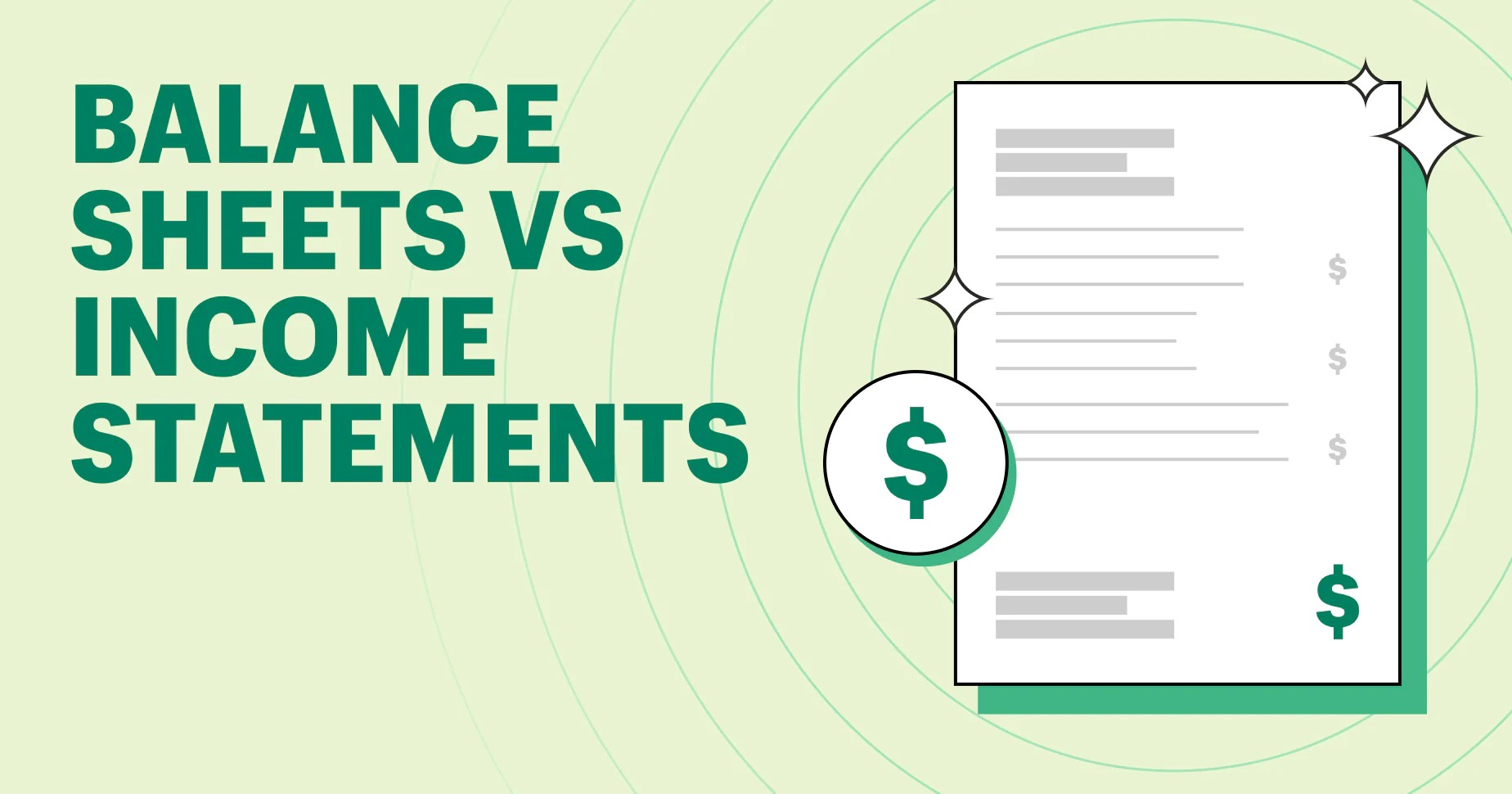Home>Finance>New Issue: Definition, How It Works In Offerings, And Example


Finance
New Issue: Definition, How It Works In Offerings, And Example
Published: December 30, 2023
Learn all about the definition and workings of finance in offerings, along with an example, in our new issue. Discover how finance can impact your financial goals.
(Many of the links in this article redirect to a specific reviewed product. Your purchase of these products through affiliate links helps to generate commission for LiveWell, at no extra cost. Learn more)
New Issue: Definition, How It Works in Offerings, and Example
Finance plays a vital role in our lives, whether it is the stocks we invest in or the bonds we buy. When it comes to investing, it’s important to understand the different terms and concepts that are commonly used. One such concept is a new issue in the finance world. In this blog post, we will delve into the definition of a new issue, how it works in offerings, and provide an example to help you grasp this concept better.
Key Takeaways:
- A new issue refers to a security or financial instrument that is being offered to the public for the first time.
- Companies use new issues to raise capital needed for expansion, research and development, or debt repayment.
What is a New Issue?
A new issue, in finance, is a term used to describe a security or financial instrument that is being offered to the public for the first time. It can be in the form of stocks, bonds, or any other type of financial instrument. Companies use new issues as a means to raise capital needed for expansion, research and development, or debt repayment.
In an initial public offering (IPO), a company that was previously private offers its shares to the public for the first time, becoming a publicly traded entity. This is a common example of a new issue. It is important to note that new issues can also be seen in the bond market, where companies or governments issue new bonds to raise additional funds.
How Does a New Issue Work in Offerings?
A new issue typically goes through a series of steps in the offering process. Here is a simplified breakdown of how it works:
- Preparation: Before a new issue can be offered to the public, companies or governments must evaluate their financial needs and determine the type and amount of securities they wish to issue.
- Underwriting: The new issue is typically underwritten by investment banks or financial institutions. These underwriters help facilitate the offering process by providing guidance, pricing the securities, and purchasing them from the issuing company. They then resell these securities to the public.
- Registration: The new issue must be registered with the appropriate regulatory bodies, such as the Securities and Exchange Commission (SEC) in the United States. This ensures that all necessary disclosures and information are provided to the investing public.
- Marketing and Pricing: The underwriters market the new issue to potential investors and determine the offering price through a process known as book-building. The pricing takes into consideration various factors such as market demand, company valuation, and projected financial performance.
- Allocation and Distribution: Once the offering price is determined, the underwriters allocate the securities to investors. This can be done through a public offering or a private placement, depending on the nature of the issue.
It is important to note that investing in new issues carries certain risks, such as lack of trading history and potential price volatility. Investors should carefully evaluate the prospectus and consult with their financial advisor before making any investment decisions.
Example of a New Issue
To better illustrate how a new issue works, let’s consider a hypothetical example. ABC Technology, a successful tech startup, decides to go public and raise capital by issuing new shares. It appoints an investment bank as its underwriter for the IPO. The underwriter helps ABC Technology determine the offering price based on market demand and the company’s financial standing. Once the price is set, the shares are allocated and distributed to interested investors. ABC Technology successfully raises the desired capital, and the shares start trading on a stock exchange.
This example showcases how a new issue, in this case an IPO, allows a company to raise capital and transition from being privately held to becoming a publicly traded entity.
Conclusion
New issues are an integral part of the financial world, providing companies and governments with a means to raise capital. Understanding the definition and process of new issues is essential for investors looking to make informed investment decisions. By familiarizing yourself with new issues, you can navigate the complex world of finance with confidence and make sound investment choices.














